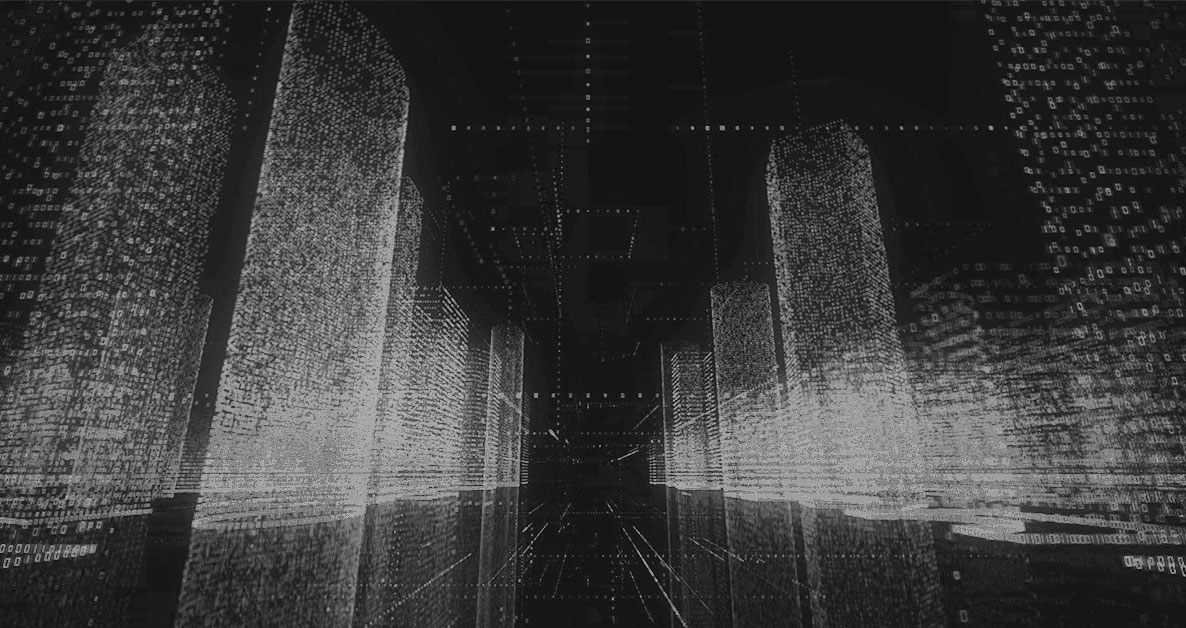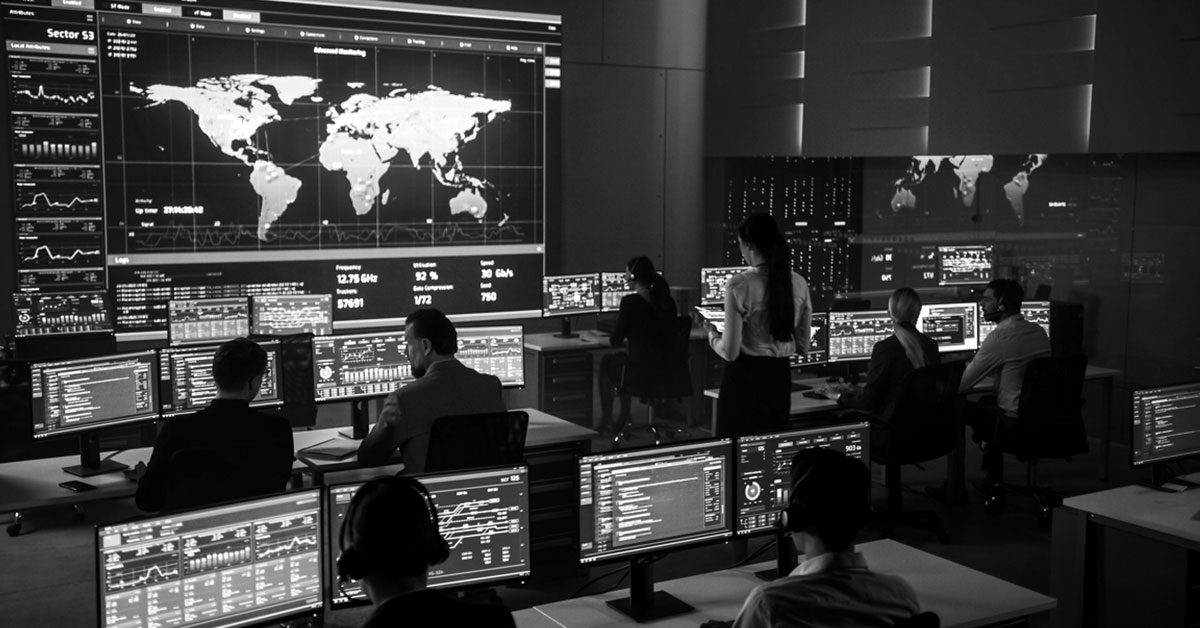
BLOG
Actionable information, tips, and updates. Industry experts provide valuable insight and practical advice so that you can stay current on the latest cyber security issues.

NEWS
Stay informed with Obrela’s latest news. In this section you can read more about the company’s activities, achievements, press releases and important announcements.

BROCHURES
Get access to our solutions learning more about our products and services as well as other key content, designed to provide valuable information about our range of offerings.

DATASHEETS
Learn more about a more detailed view of our offering. Obrela’s Datasheets are a resource for those seeking in-depth information about our products’ and services’ capabilities.

CASE STUDIES
Obrela has a wide experience across various industries deploying cybersecurity solutions. In this section there is a portion of the experience and implementation we have completed protecting our client names. Access the files and learn more

LABS INSIGHTS
The Obrela Labs team examines recent attacks, threats, and vulnerabilities. Articles are presented and enriched with research material and insights to provide valuable information about the market.

ADVISORIES
Your trusted source for any unknown and potential treats. Expert insights, strategic guidance, and cyber security advisory tips to navigate the ever-evolving threat landscape with valuable recommended actions to take.

VIDEOS
Watch a series of videos including company overview, public interviews and speeches and other options that showcase Obrela’s distinctive expertise and knowledge in the cybersecurity market.

WHITEPAPERS
Dive into cybersecurity expertise and market knowledge, as well as latest trends and insights across various industries. Learn more about threats near you!

REPORTS
A set of reports from international research firms as well as regular report on threat intelligence landscape to learn more about how the cybersecurity market is developing.

Subscribe to Our Newsletter
Subscribe and get up to date with all the latest industry trends and insights from the Cyber security domain.


WATCH OBRELA'S MDR IN ACTION
Visit Our Video section to watch more












